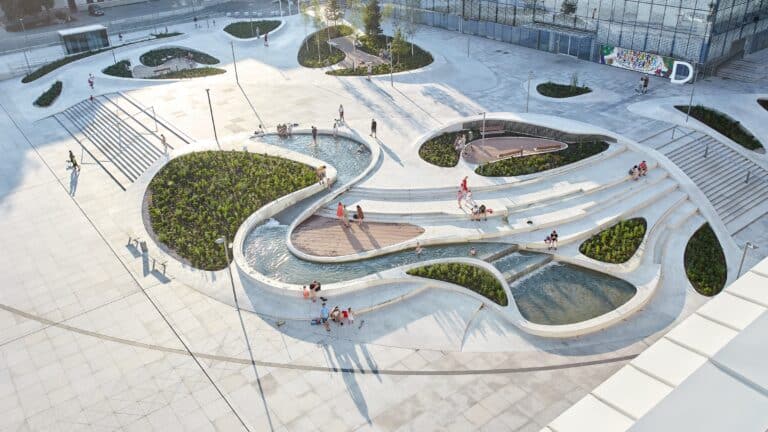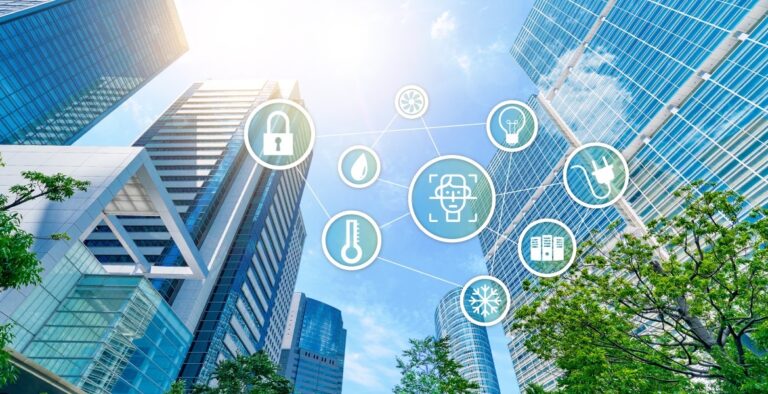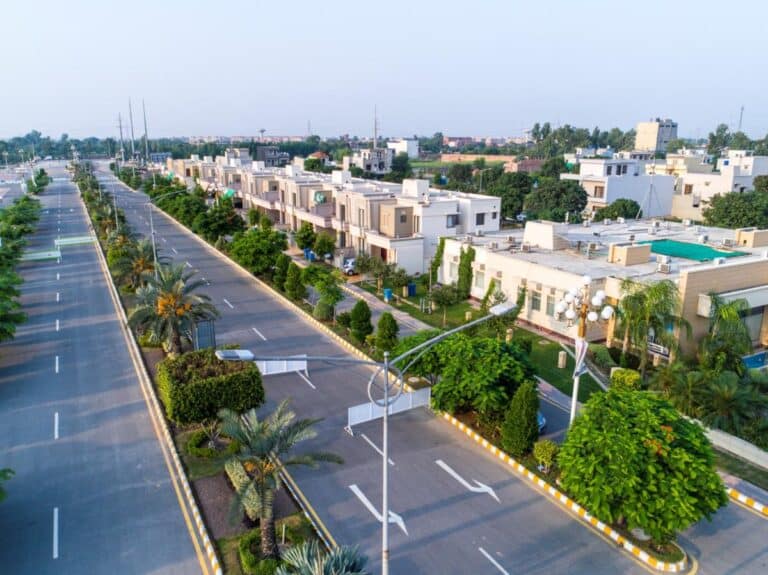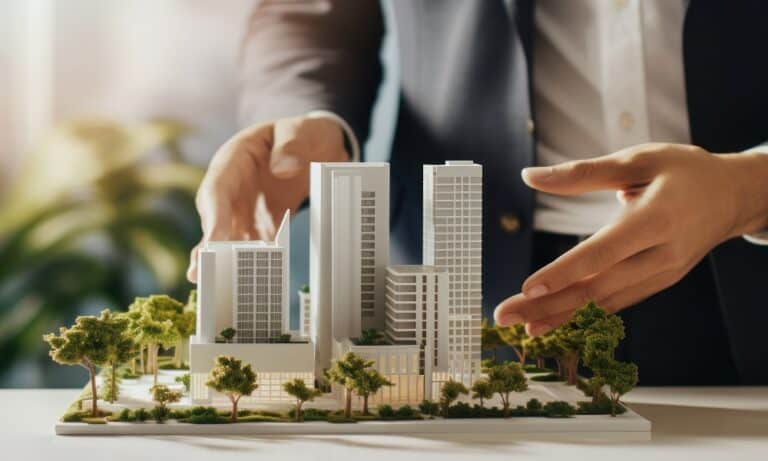Buildings are no longer static structures they’ve evolved into dynamic systems capable of sensing, analyzing, and adapting. Smart technology is redefining how we design, build, and inhabit the built environment. Here’s a deep dive into the trends shaping smart, sustainable, and responsive architecture today.
1. Energy Efficiency & Sustainability
- Smart HVAC & Automation
An AI-powered HVAC system in a 32‑story New York office building reduced energy use by 15.8%, saving $42K and cutting 37 tCO₂ emissions annually time.com. - Whole-building Energy Savings
Research shows smart tech can slash building energy use by 18–70% over time autodesk.com. - Advanced Paint & Coatings
AI-driven reflective paints can reduce roof surface temperature by 5–20 °C, saving ~15,800 kWh/year on a mid-rise building
2. Smart Materials & AI Integration
- Dynamic Materials
Smart glass adapts to light and heat, while self-healing concrete extends lifespan and minimizes maintenance. - AI in Material Design
Machine learning is accelerating the development of next-gen materials like heat-reflective coatings and efficient photovoltaics augusta.edu+5theguardian.com+5time.com+5.
3. AI‑Driven Building Management
- Cloud-based BMS (Building Management Systems)
Global AI application in smart infrastructure is booming — from $29.5B in 2024 to a projected $78B by 2029 (CAGR 21.4%) drury.edu+3thebusinessresearchcompany.com+3market.us+3. - Predictive Maintenance
AI predicts equipment failures before they occur, significantly reducing downtime and operational costs . - Real-time Monitoring
IoT sensors and AI reduce time-lags in HVAC and lighting, improving occupant comfort and efficiency reuters.com+13futuramo.com+13sciencedirect.com+1
4. Environmental & Carbon Impact
- Heating & Cooling Emissions
Buildings currently account for ~18% of global energy consumption. Integrating AI can reduce energy use and carbon emissions by 8–19% in medium-size U.S. offices theguardian.com+6axios.com+6architecturaldigest.com+6time.com+1nature.com+1. - Climate Smart Materials
PassiveLogic’s autonomous HVAC platform promises up to 1/3 carbon reductions in buildings.
5. Human-Centered Architecture
Smart buildings don’t just save energy they improve lives:
- Adaptive lighting systems support circadian rhythms and boost occupant wellness
- Comfort control through mobile apps and voice integration enhances agility and choice
- Indoor air quality sensors help monitor CO₂ and pollutants for healthier environments
6. ROI, Policy & Market Potential
- Smart Investment Rewards
Public spaces deliver a 4:1 ROI, while AI-enabled energy systems reduce operational costs and emissions. - Market Expansion
North America led the market at US $13.4 B in 2024, with global growth expected at 21.6% CAGR market.usthebusinessresearchcompany.com. - Policy Pushes
Regulatory mandates (like NYC’s Local Law 97 emissions cap) are driving smart retrofits nationwide time.com.
7. Challenges & Considerations
- Data & Privacy Concerns
With increased monitoring comes responsibility secure design and data governance are critical . - Tech-Embedded Emissions
AI systems consume power too; a balanced approach helps avoid unintended carbon impacts thebusinessresearchcompany.com
💡 In Summary
Smart technologies from AI-driven HVAC systems to intelligent materials aren’t optional extras; they’re essential tools in designing buildings fit for the climate and human needs of tomorrow. The evidence is clear: energy savings, healthier spaces, and resilient buildings are not just possible they’re already underway.
🔗 Explore Further:
- Autodesk – Insights into smart building tech and energy savings autodesk.com
- Editable PDF – AIA guide on equitable community design sciencedirect.com aia.org 3augusta.edu
- Nature – AI’s impact on building materials and carbon reductions
